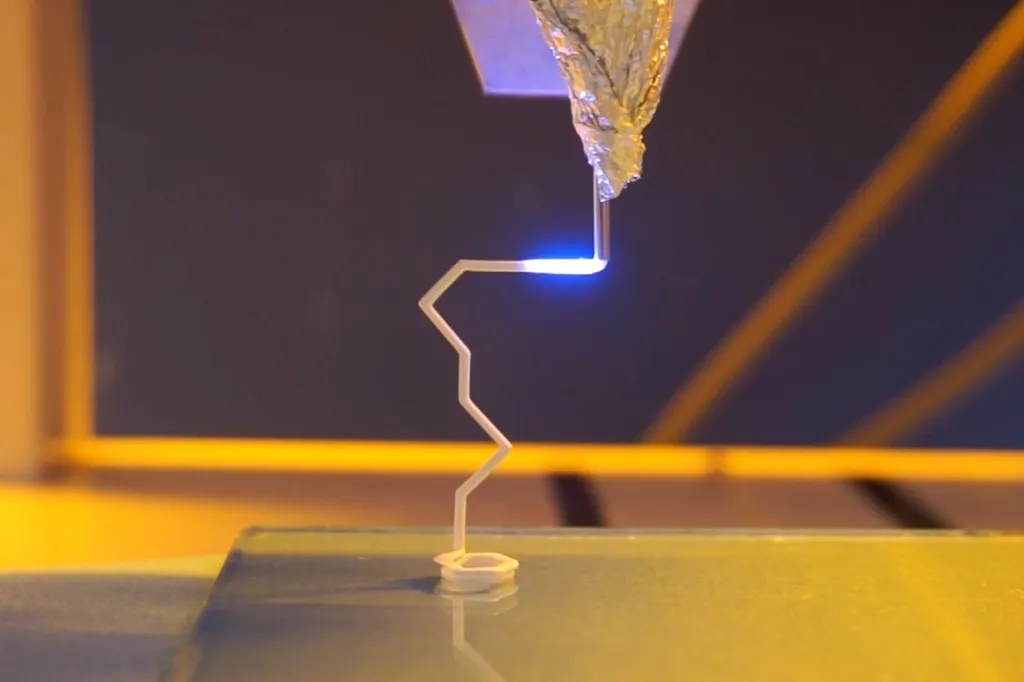In the realm of advanced manufacturing, precision and performance are paramount. A recent study published in *Materials Research Express* (which translates to “Materials Research Express” in English) is shedding new light on how ultraviolet (UV) light can influence the curing process of zirconia (ZrO₂) ceramics, a material with significant potential in the energy sector. The research, led by Yao Liu from the College of Mechanical and Electronic Engineering at Pingxiang University in China, delves into the intricate relationship between UV light attenuation and the mechanical properties of photocurable ceramics.
At the heart of this study is the UV attenuation coefficient, a critical factor that can make or break the mechanical properties of ceramics used in stereolithography—a process that uses light to solidify liquid resin into three-dimensional objects. “Understanding how UV light interacts with ceramic slurries is crucial for fabricating high-precision and high-performance components,” explains Liu. By systematically investigating the impact of the UV attenuation coefficient on the polymerization kinetics of ZrO₂ ceramic slurries, Liu and his team have uncovered valuable insights that could revolutionize the way we approach ceramic manufacturing.
The research team determined the absorption and scattering coefficients of the ZrO₂ slurry through linear fitting, finding them to be 66 cm⁻¹. This data was then integrated with the Beer-Lambert law to validate how the UV attenuation coefficient affects the variation in C=C double bond conversion within the cured slurry layers. “This understanding allows us to optimize the curing process, ensuring that the ceramic components we produce are not only precise but also robust,” says Liu.
One of the most compelling findings of this study is the optimal curing depth (Cₐ) and exposure energy (Eₐ) for ZrO₂ ceramics. Despite an incident energy of 52 mW cm⁻² and a slice thickness of 50 μm, the team was able to achieve a sintered sample density of 6.02 g cm⁻³, which is an impressive 99% of the theoretical density. This level of precision and performance is a game-changer for industries that rely on high-quality ceramic components, including the energy sector.
The implications of this research are far-reaching. By understanding and controlling the UV attenuation coefficient, manufacturers can produce ceramic components with enhanced mechanical properties, leading to more efficient and reliable energy systems. “This research opens up new possibilities for the application of ZrO₂ ceramics in high-performance energy devices,” says Liu. “We are excited to see how these findings will shape the future of ceramic manufacturing and contribute to the advancement of the energy sector.”
As the world continues to demand more from its energy systems, the need for high-performance materials like ZrO₂ ceramics will only grow. This research, published in *Materials Research Express*, provides a crucial step forward in meeting that demand, offering a roadmap for manufacturers to produce components that are not only precise but also robust enough to withstand the rigors of modern energy systems. The work of Yao Liu and his team is a testament to the power of scientific inquiry and its potential to drive innovation in the energy sector.

